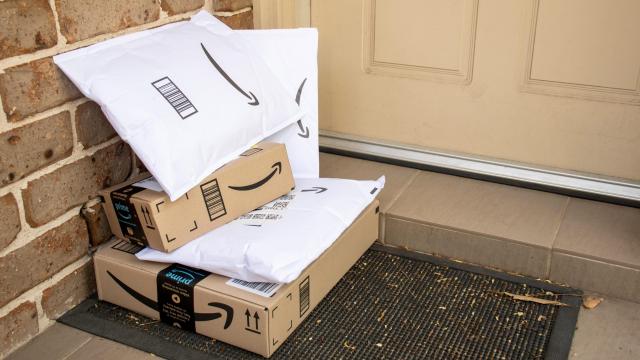A recent study reveals that people spend an average of $US276 (A$372) every month on impulse purchases — and that most people are happy with what they buy. Considering how common it is, the question isn’t necessarily whether you should stop splurging, but rather, what is the right amount of impulse buying, and when should you be worried that you’ve gone overboard?
What is considered an “impulse purchase”?
A survey by the deals site Slickdeals found that the average American makes 12 impulse purchases a month, which works out to about $US3,312 (A$4,457) per year (impulse buying is defined as unplanned, spur-of-the-moment purchases).
While impulsive buying can have a negative effect on your finances, that doesn’t mean it’s necessarily bad, either. It’s possible to splurge on something you actually need, too — like stocking up on groceries because there’s a good deal, for example. And spontaneously treating yourself to new clothes or a movie is a valid reason to spend money on its own, especially if it breaks up your routine and adds to your quality of your life.
When splurging becomes a problem
Impulsive buying becomes a problem, though, when it leads to increased debt or otherwise affects your ability to cover other expenses, including retirement saving. It can also be an emotional crutch in the “retail therapy” sense, where the thrill of a new purchase is more important than what you’re actually buying.
How to keep your impulsive shopping in check
The following are some guidelines that will help you keep your splurge spending under control, for almost all incomes:
- Stick to a budget: Using a simple 50/20/30 budget that accounts for expenses based on needs (50%), savings (20%) and everything else (30%), can help you keep your impulse purchases in line, ensuring that your money will also be spent on other priorities, like retirement planning, an emergency fund, or paying your bills on time.
- Follow the 24-hour rule: If you tend to get a rush from shopping, you can curb that impulse with a self-imposed 24-hour rule on large discretionary purchases. If the decision can wait a day, you can use that time to ask yourself if you really want to make the purchase.
- Shop with a plan: Before you log onto Amazon or step foot inside a store, have a plan for what you want to buy. It is certainly not unusual to get distracted and enticed by some shiny thing strategically placed for your shopping convenience on an endcap — but defining exactly what your purchasing intentions are ahead of time can make it less likely that you’ll splurge unnecessarily.
- Use your credit card carefully: For discretionary purchases, avoid using your credit card unless you can pay off the charge that same day. This isn’t just good credit behaviour (as you’ll avoid unnecessary high-interest debt) it will likely keep you from overspending — at least until your next paycheck.

Leave a Reply
You must be logged in to post a comment.